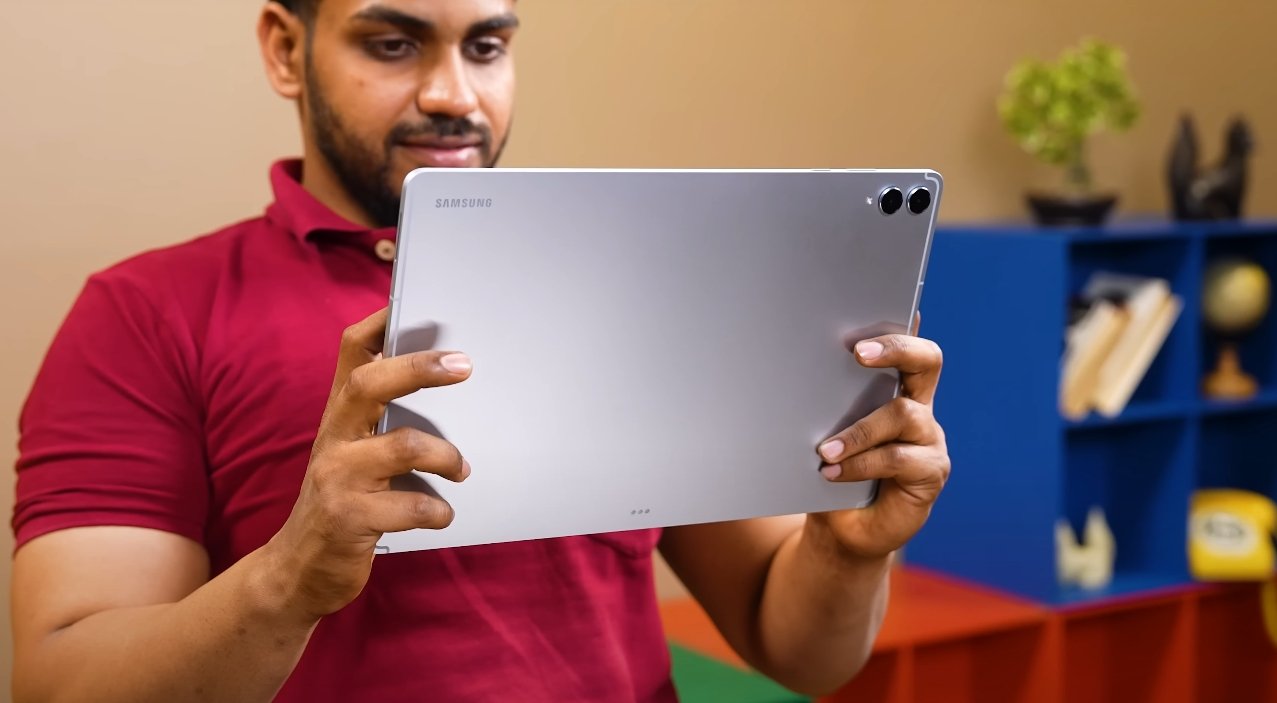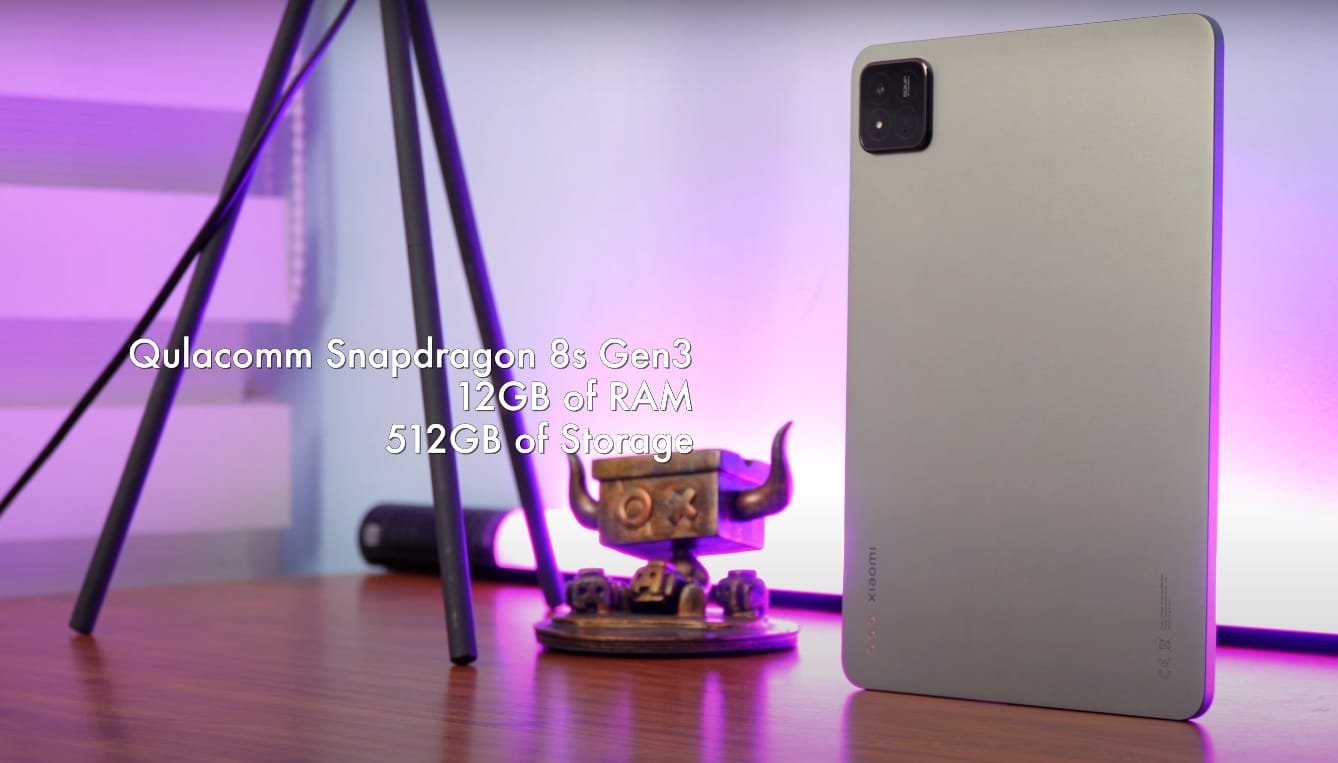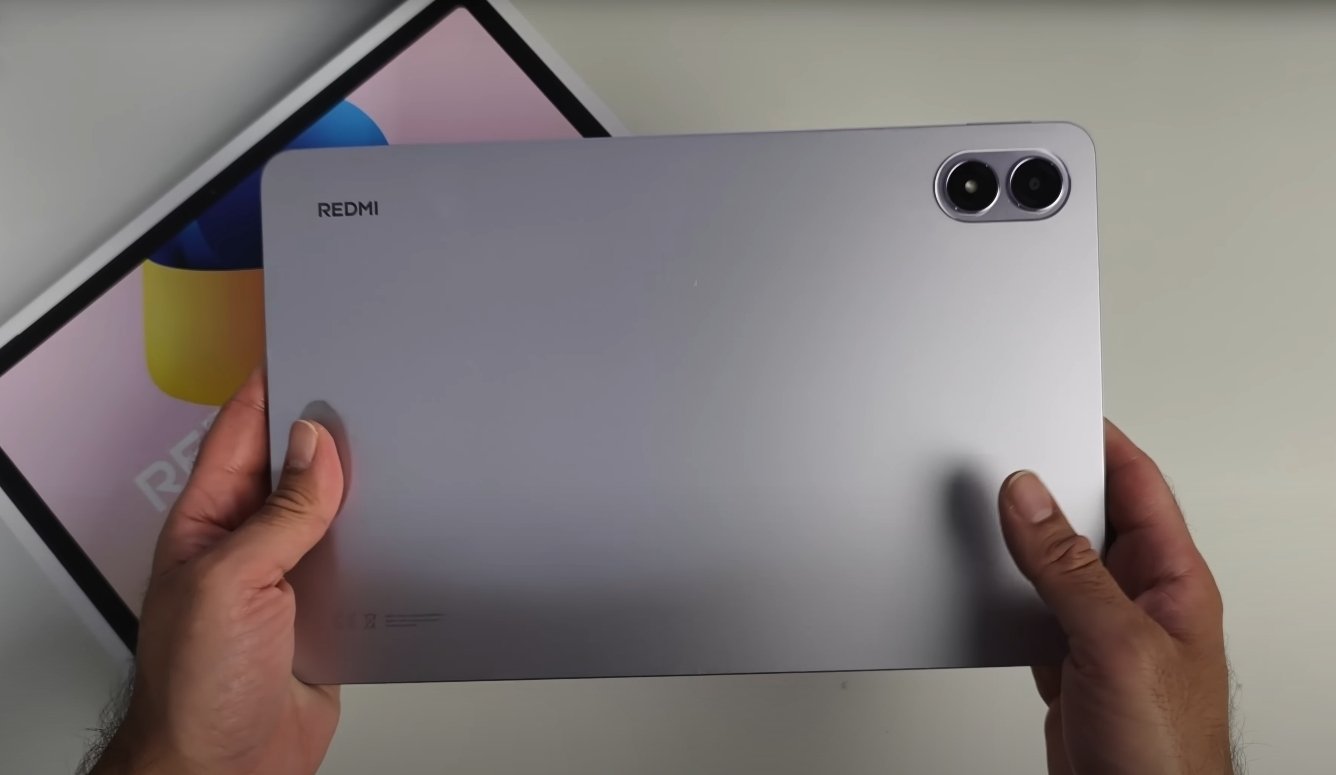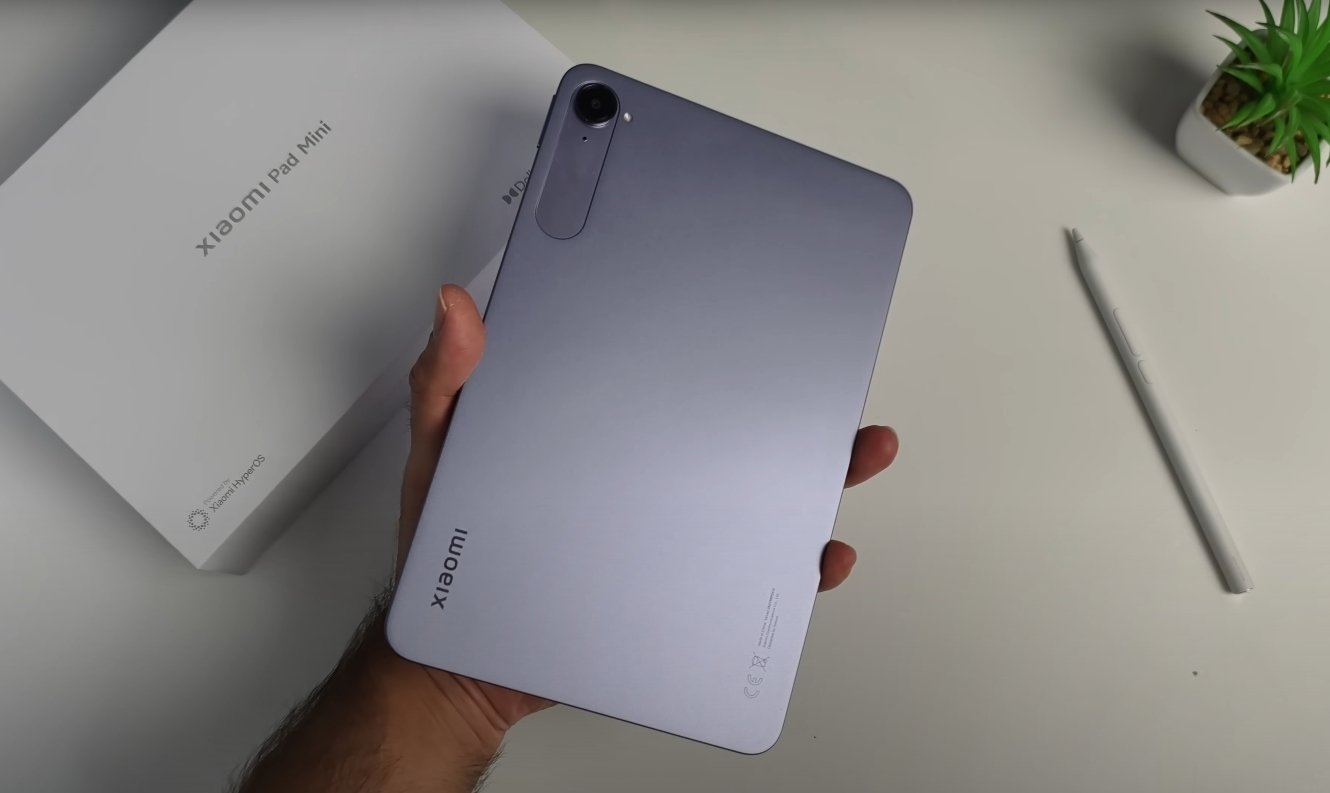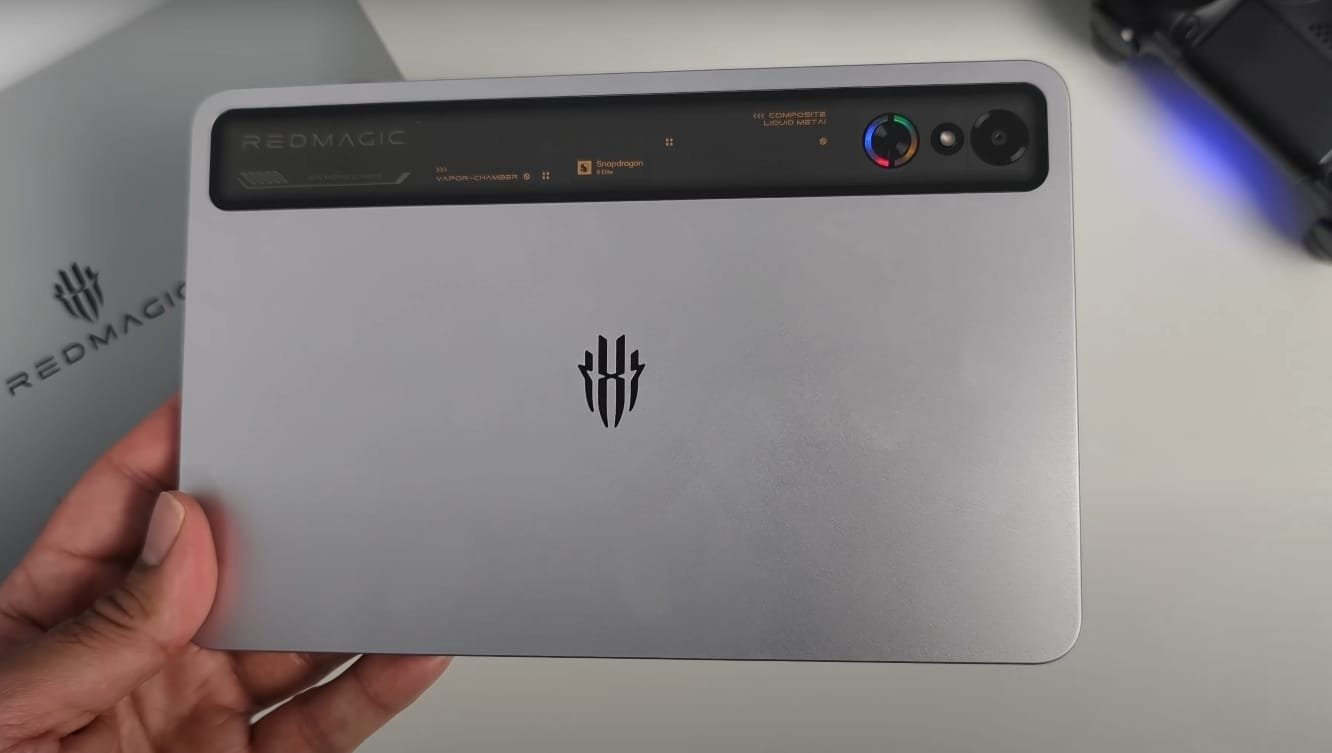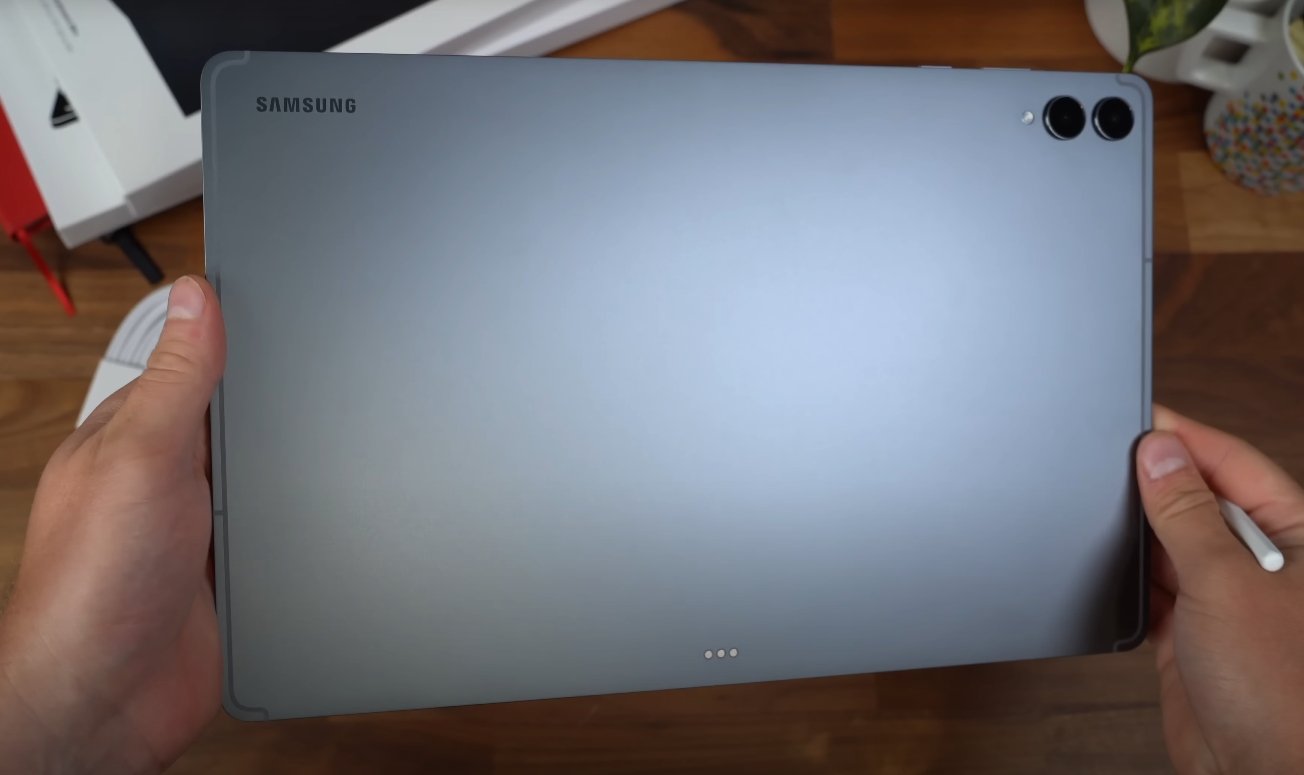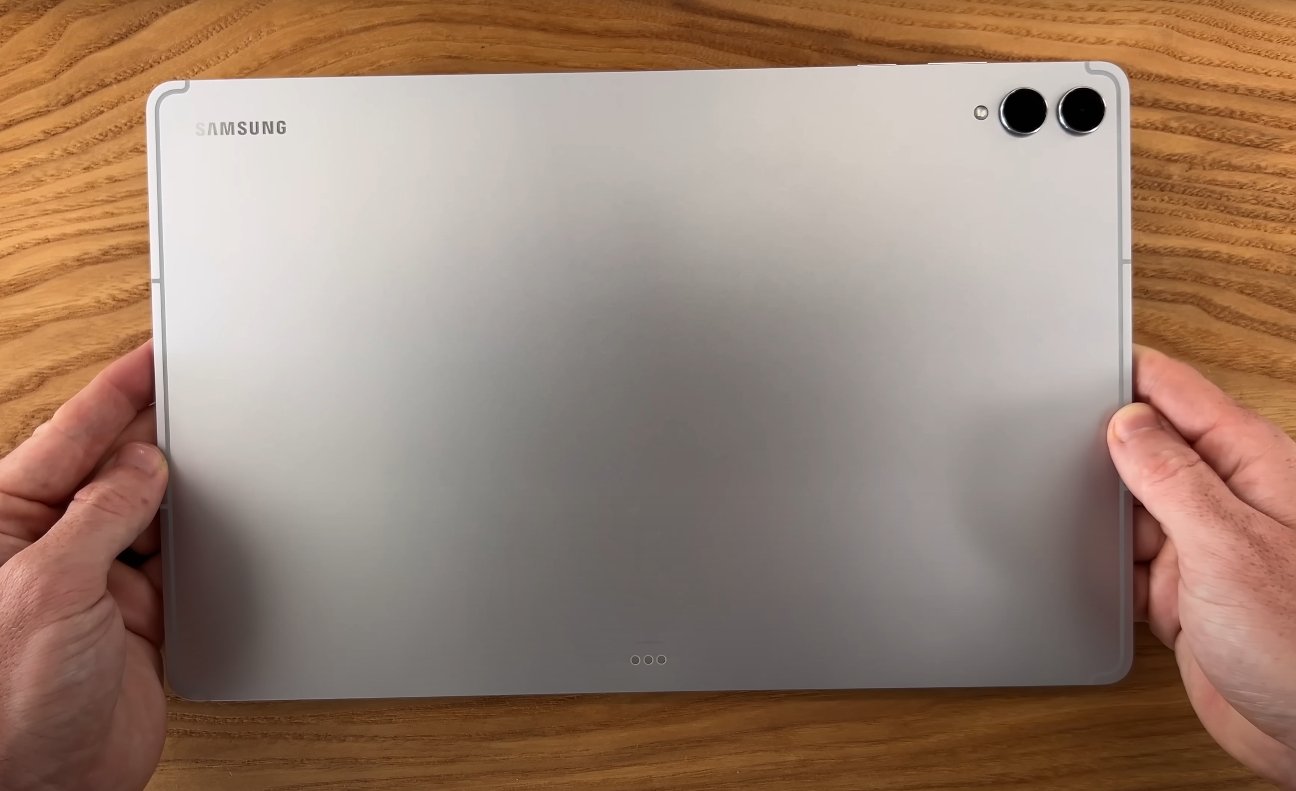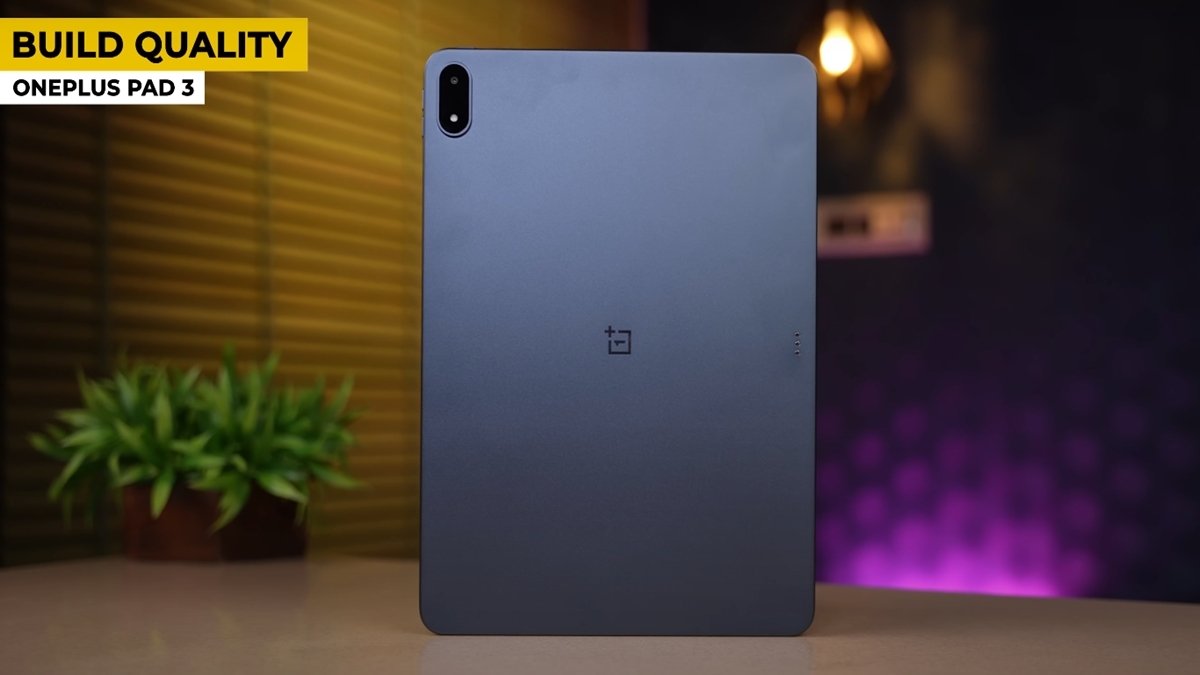Battle of the Flagship Tablets: Samsung vs Apple in 2025
The premium tablet market in 2025 is witnessing an intense face-off between Samsung and Apple with the Galaxy Tab S11 Ultra and the iPad Pro M4 leading their respective ecosystems. Both tablets promise high-end performance, cutting-edge displays, and advanced productivity tools, but they cater to different user preferences. Here’s a detailed comparison of how the two stack up in design, performance, battery life, and overall user experience.
The Samsung Galaxy Tab S11 Ultra takes the crown for size and visual experience. It features a massive 14.6-inch Dynamic AMOLED 2X display with a 120Hz refresh rate and a resolution of 2960×1848 pixels. The screen is sharp, bright, and ideal for multitasking, digital sketching, or consuming 4K content. Samsung’s AMOLED technology ensures deep blacks and vibrant colors, offering a cinematic feel. On the other hand, Apple’s iPad Pro M4 offers two sizes—11-inch and 13-inch—both equipped with advanced tandem OLED panels that deliver exceptional brightness and color accuracy. While smaller, the iPad’s display is slightly more efficient and supports Apple’s ProMotion technology, offering adaptive refresh rates for smoother visuals and better battery optimization.
When it comes to design, both tablets impress with ultra-slim builds and premium materials. The Galaxy Tab S11 Ultra is just 5.1mm thick and weighs around 690 grams, making it one of the thinnest large-format tablets ever built. The iPad Pro M4, however, beats it slightly in portability, especially the 11-inch model which weighs only about 444 grams. Apple’s aluminum body feels solid and refined, while Samsung’s Armor Aluminum frame with an IP68 rating gives it a durability edge, protecting against dust and water. The Galaxy Tab S11 Ultra also includes the S Pen stylus in the box, whereas Apple sells the Apple Pencil separately.
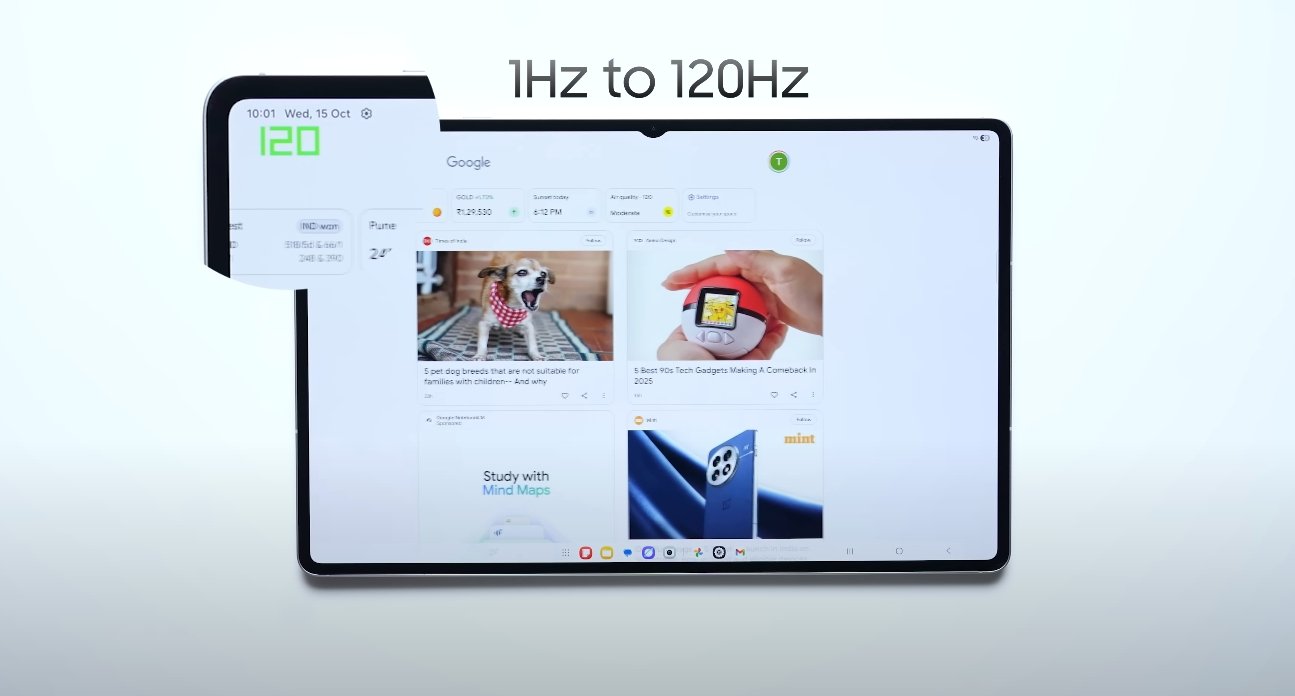
Performance is where the iPad Pro M4 truly shines. Powered by Apple’s latest M4 chip built on a 3-nanometer process, it offers desktop-class power capable of handling intensive workloads like 3D rendering, video editing, and professional creative apps with ease. Samsung’s Galaxy Tab S11 Ultra, powered by the MediaTek Dimensity 9400+ chipset, also delivers flagship-level performance suitable for gaming, multitasking, and productivity, though the M4 chip maintains an edge in raw computing power. Both tablets offer up to 16GB of RAM and 1TB of internal storage, but Samsung goes a step further with expandable storage support via a microSD card slot, which Apple still lacks.
Battery life on both devices is optimized for long sessions of work or entertainment. The Galaxy Tab S11 Ultra is backed by an 11,600mAh battery that promises up to 23 hours of video playback under ideal conditions. In real-world use, it easily lasts a full day of mixed tasks such as browsing, streaming, and sketching. It also supports 45W fast charging, allowing a full charge in about 90 minutes. The iPad Pro M4, with its smaller battery, compensates through power efficiency. Thanks to Apple’s M4 architecture, it manages around 10–12 hours of heavy use, and its adaptive display helps conserve power during lighter tasks. Both tablets deliver dependable endurance, but Samsung offers faster charging speeds out of the box.
Software experience is where these two devices diverge significantly. The Galaxy Tab S11 Ultra runs Android 16 with Samsung’s One UI 8, featuring multitasking tools like split-screen, floating windows, and Samsung DeX mode, which turns the tablet into a desktop-like interface when connected to a monitor. Samsung has also promised seven years of OS and security updates, matching Apple’s long-term support. The iPad Pro M4 runs iPadOS with the new M4-optimized features, offering seamless integration with other Apple devices such as MacBooks and iPhones. It supports professional-grade apps like Final Cut Pro and Logic Pro, giving it a clear advantage for creative professionals deeply invested in Apple’s ecosystem.
Camera systems on both tablets are designed primarily for utility rather than photography. The Galaxy Tab S11 Ultra features a dual rear camera setup with a 13MP main and an 8MP ultra-wide lens, while the front has a 12MP ultra-wide shooter perfect for video conferencing. The iPad Pro M4 sports a single 12MP rear camera with LiDAR support for augmented reality and a 12MP front camera with Center Stage technology. While neither device replaces a smartphone camera, both handle video calls and content creation reliably.
In terms of value, both tablets command premium prices. The Galaxy Tab S11 Ultra is expected to start at around $1,199 in the U.S. for the base Wi-Fi model, while the iPad Pro M4 starts slightly lower for the smaller version but can exceed Samsung’s price when accessories like the Magic Keyboard and Apple Pencil are added. Samsung includes the S Pen for free, which gives it an edge for creative users looking for an all-in-one package without extra purchases.
Ultimately, the choice between the Galaxy Tab S11 Ultra and the iPad Pro M4 depends on the user’s needs and ecosystem preference. The Galaxy Tab S11 Ultra is ideal for Android users who prioritize a large, immersive display, stylus creativity, and flexible storage options. It’s built for those who want laptop-like versatility in a tablet. The iPad Pro M4, meanwhile, is unmatched in raw performance, ecosystem integration, and professional app support, making it the go-to choice for Apple users and creative professionals seeking the best workflow efficiency.
Both tablets define what premium means in the modern tablet era. The Galaxy Tab S11 Ultra leads in display size, versatility, and value, while the iPad Pro M4 sets new standards for performance and app optimization. No matter which one users choose, both devices stand as the most powerful and refined tablets ever produced by their respective brands in 2025.
Also Read: Xiaomi Pad Mini equipped with 7,500mAh battery
